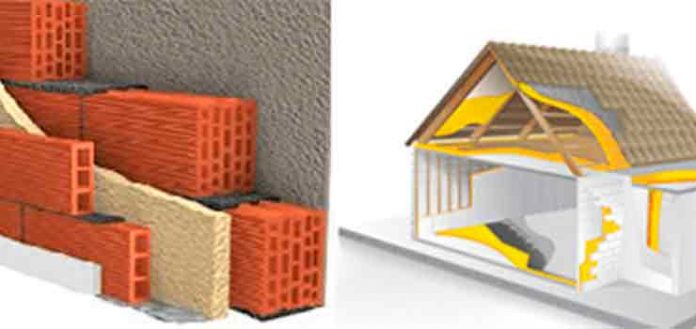
There are aspects in buildings intended for housing that, although attention has been paid to them for years, are increasingly being taken into account by all the actors in the process. From the manufacturer, to the final consumer, through the developer, the builder, the Administrations that grant permits and licenses, etc.
In this article we will focus on two of them, although there are more.
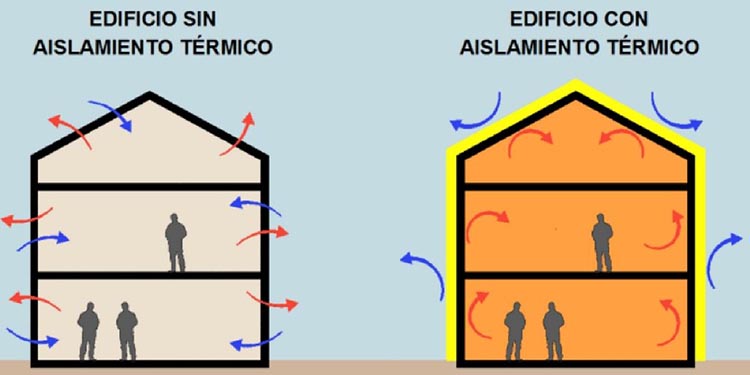
Although in some respects the line between these two types of insulation is very fine, we will start by treating them separately.
thermal insulation
Everyone knows that good thermal insulation can provide significant savings in the energy consumption of a home.
Efficient thermal insulation means minimizing heat loss in winter and cold loss in summer. Therefore, a good insulating material must have low conductivity and high thermal resistance.
In addition, many types of these materials have excellent fire behavior.
Depending on where it is installed, there are two types of insulation. The exterior, which is the covering of the building’s outer face. And the interior, which is the one that is installed inside the house.
For this, porous materials are normally used such as mineral wool such as rock or glass, expanded polystyrene, extruded polystyrene, polyurethane foam, …
To choose the right system for each case, you should turn to thermal insulation companies such as Diaterm, which have extensive experience and specialized technical staff.
One of the systems that avoid losing the slightest useful space is filling the air chambers with foam or blown mineral wool.
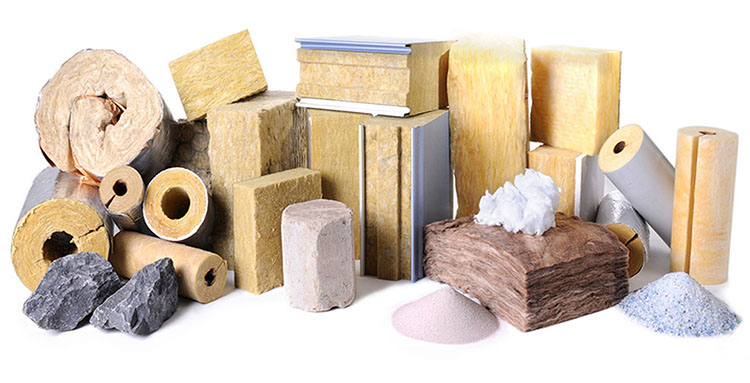
The thermal conductivity of the blown mineral wool is the lowest of the mineral wools, which guarantees greater comfort and greater long-term energy savings.
Although at the end of the article we will select the thermal insulation materials that have the best behavior against fire, going into detail, we can say that the materials that are most commonly used are the following:
- expanded polystyrene
- extruded polystyrene
- Polyurethane foam
- rock wool
- Glass wool
fire protection
We will analyze this section only from the perspective of passive protection.
When we talk about fire retardant materials, we are not only referring to materials that literally do not burn. Any material, even not burning, exposed for a long time to the very high temperatures of a fire, ends up degrading and losing its properties.
The mission of fireproof materials is, on the one hand, to sectorize housing. That is, to prevent the flames from passing from one area to another, spreading out of control.
And on the other hand, protect the integrity and resistance of the structural elements of the building from the flames for a minimum time, in order to be able to evacuate people, and contain the fire until the extinguishing services come and control the fire.
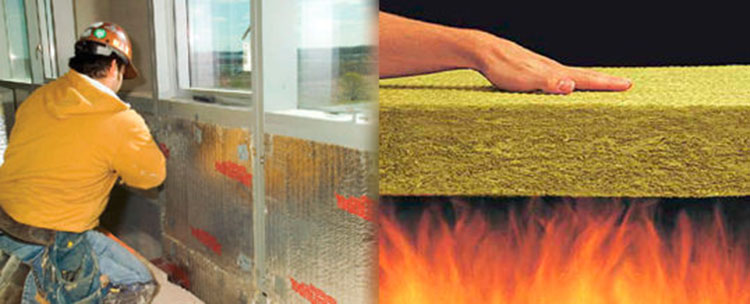
With this objective, fireproof materials have an effective resistance against fire for a certain period of time, which is usually measured in minutes.
The fireproof materials that best resist flames are:
Fire retardant thermal insulation
The materials normally used for thermal insulation can be fire retardant or also combustible. Below we will see two of those that meet both qualities.
rock wool
Rock wool panels are made of rock of volcanic origin, obtained by melting the rock at high temperatures.
This material is usually presented in panels and blankets.
Unlike polystyrenes and polyurethane, mineral wools are not flammable.
For its placement, certain safety measures must be taken, such as the protection of the eyes, skin and respiratory system.
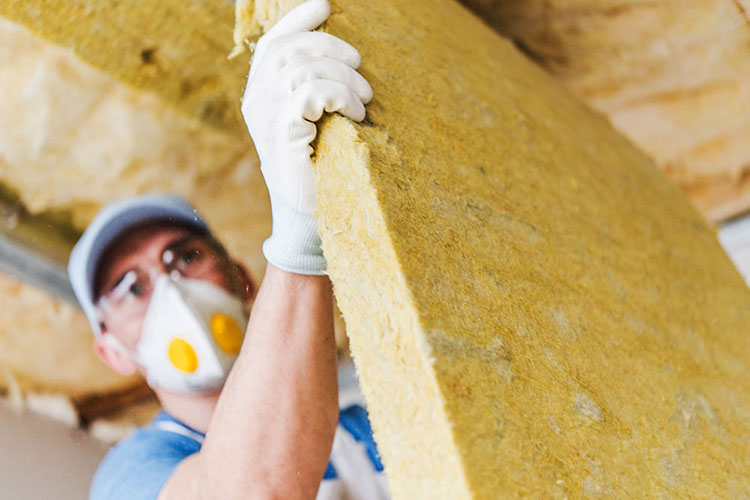
An additional advantage of rock wool is that it also has the ability to insulate acoustics, thanks to the multidirectional arrangement of the fibers.
Fiberglass
Fiberglass, also known as glass wool, is a product of natural, mineral and inorganic origin, which is made up of silica sand, calcium and magnesium carbonate.
The process by which it is obtained is very similar to that of rock wool.
It has very good resistance to humidity.
Like rock wool, it is marketed in the form of blankets and panels.
Both materials with excellent fire retardant thermal insulation.
.



